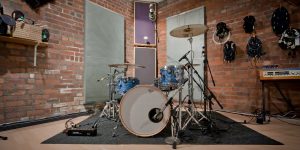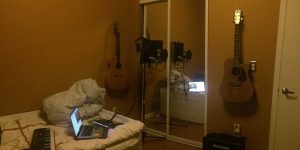It would help if you considered a few things when measuring the soundproofing of your room.
The most important thing is to ensure that you have an acoustically treated room. It means that the walls, ceiling, and floor are all covered with material that will absorb sound. It will help to prevent sound from bouncing around the room and causing echoes.
Besides, pay attention to the size of the room. The larger the room, the more soundproofing it will need. If you have a small room, you may not need as much soundproofing as you would for a larger room.
Finally, you will want to consider the type of furniture in the room. For example, if you have a lot of hard surfaces, such as hardwood floors, you will need more soundproofing than softer surfaces, such as carpets.
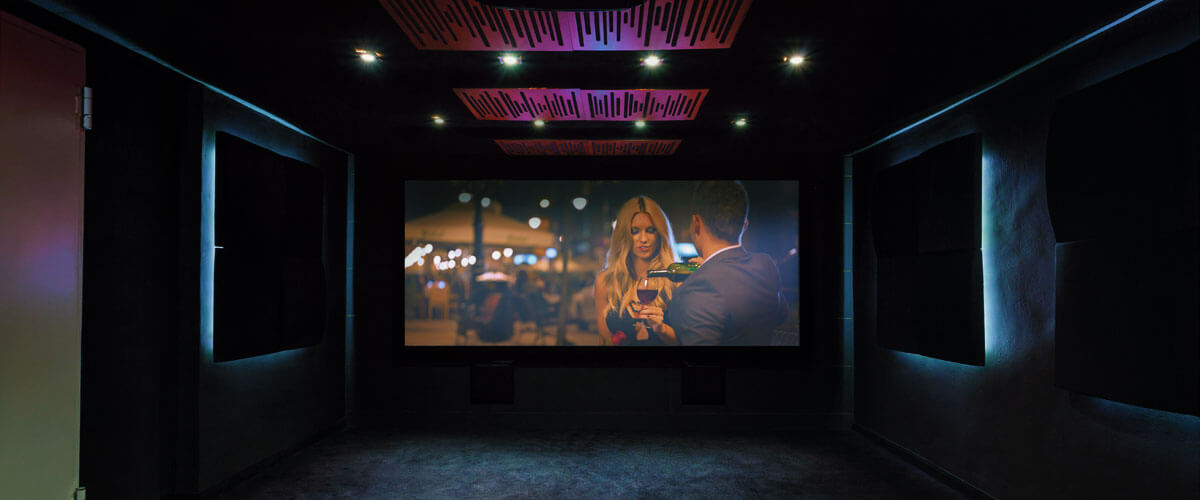
In what ways can I measure it?
There are a few different ways to measure your room’s soundproofing. One way is using a sound level meter to measure the sound pressure levels inside and outside of the room or a decibel meter to measure the sound levels in the room. It will give you a reading of how much sound is being generated. The sound pressure level is the noise level in decibels (dB). The lower the dB, the quieter the room. You can also use a Sound Transmission Class (STC) rating. It is a measure of how well a material absorbs sound. The higher the STC rating, the better the absorption.
Another way to measure the soundproofing of your room is to use a soundproofing kit. This kit will help you determine the amount of sound absorbed by the walls, ceiling, and floor.
Additionally, you can use an impact noise Insulation test to measure the sound transmission through walls, floors, and ceilings.
Besides, you can ask someone who has experience with soundproofing rooms. It can be an acoustic engineer or a soundproofing installer. They will be able to give you their opinion on the effectiveness of the soundproofing in the room and what methods they recommend.
What is the sound level meter, and how does it work?
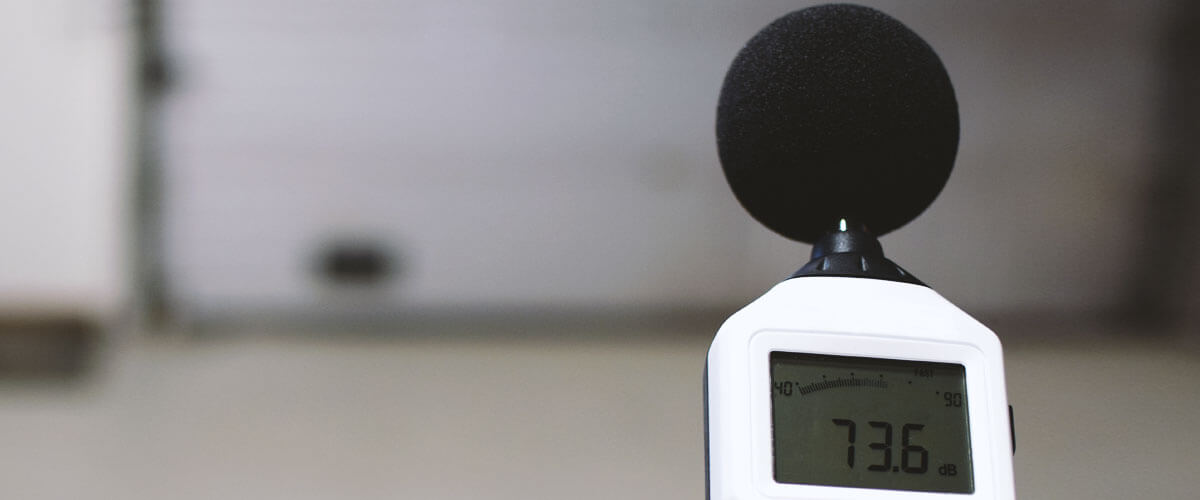
A sound level meter is a device that measures the sound pressure level (SPL) of a sound.
It consists of a microphone, an amplifier, and a display. The microphone picks up sound waves and converts them into electrical signals. These signals are then amplified and displayed on the meter.
There are many different types of sound level meters on the market.
The most basic type of sound level meter is the analog sound level meter. This device uses a needle to indicate the SPL on a scale. Analog sound level meters are not as accurate as other types of meters, but they can be a good choice for general noise monitoring.
Digital sound level meters are more accurate than analog meters and can measure SPLs over a wide range of frequencies. In addition, these devices often have a backlit LCD that makes it easy to read the measurements. Many digital sound level meters, such as data logging and graphing functions, make them easier to use.
How many dB is typical to hear with soundproof?
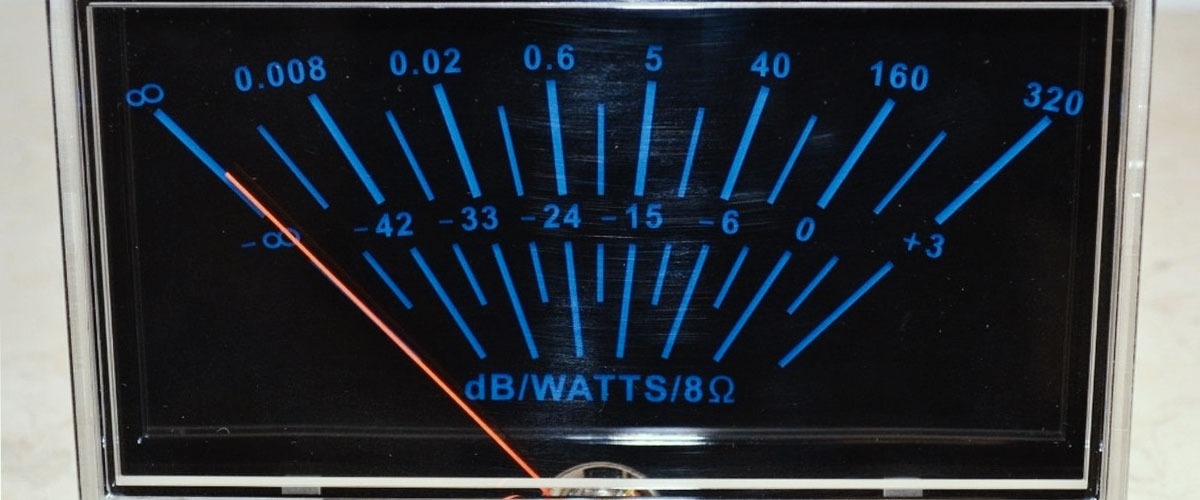
There are a lot of variables to consider when it comes to how much sound is too loud. The type of noise, the duration of exposure, and the person’s hearing all influence how much sound is too loud. In general, however, most people can safely listen to sounds that are up to 85 decibels (dB) without experiencing any adverse effects.
We are supported by our audience. When you purchase through links on our site, we may earn an affiliate commission at no extra cost to you.
Our newsletter
* We will never send you spam or share your email with third parties

